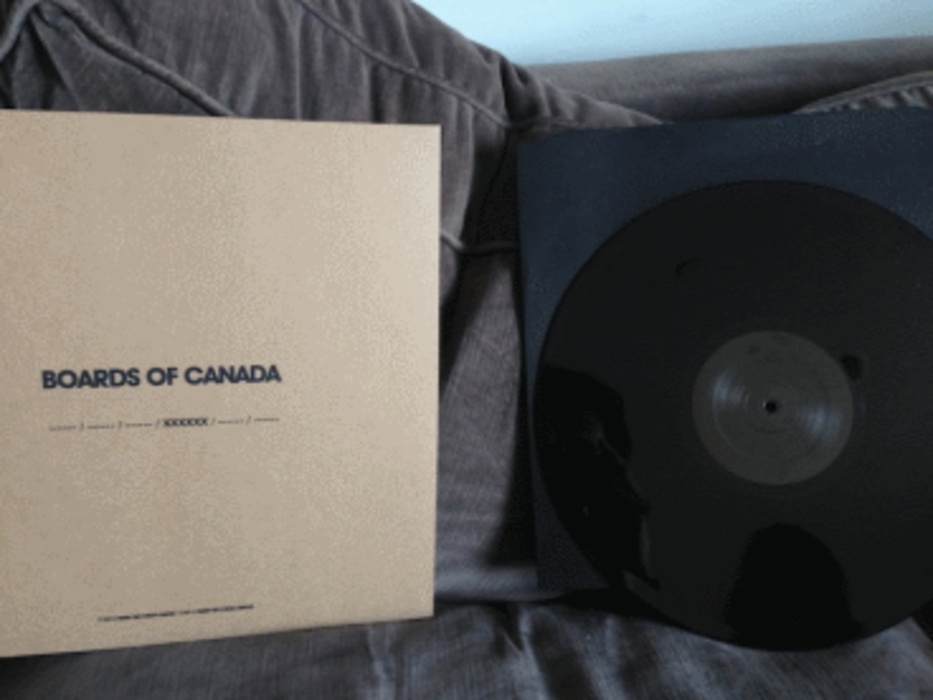|
As an avid record collector and music enthusiast, I’m always excited to learn about new albums from my favorite artists, and I love the thrill of an upcoming release. Over the last several months, some of my favorite artists have done some quite creative and intriguing marketing of their new albums. So I’m going to tell you about them. Boards of Canada Every year, Record Store Day acts as a holiday for vinyl advocates and music enthusiasts. And it drains my wallet. This year, electronic duo Boards of Canada (BoC) unveiled the release of its new album in a very strange fashion. Read carefully, because things are about to get weird. On Record Store Day, BoC hid two 12” records in two record stores in the world, one in New York and one in London. On the front of these albums was a series of Xs and when played, the album revealed a cryptic message of six numbers. Over the days that followed, the BBC in London and NPR in the US played two more individual snippets featuring six more numbers each. Next, BoC revealed a section of the sequence in an eerie clip on Cartoon Network. And now it gets even stranger. After five pieces of the puzzle were revealed, BoC’s website redirected to a password protected page where the sequence of numbers from all six clues unlocked the name of the new BoC album, the track list, and a link to the preorder page. All of this occurred over the span of two weeks, and gained a considerable amount of press, online chatter, and a growing air of intrigue and adoration for the band. Daft Punk After rumors had been swirling about a new Daft Punk album (following a 10 year hiatus), a mysterious video appeared on Saturday Night Live that seemed to hint at a new album: |
|
|
This sent music critics and fans into an uproar! With a simple 15-second clip, the band had reignited an entire fan base that had waited the better part of a decade for the next Daft Punk album. The months that followed brought a flurry of promotional components:
|
|
|
So what does this mean to marketers?
Both of these bands had not released an album in about eight years. In modern music standards, where a two-year hiatus after a hit album can be career suicide, it might as well have been a century. To be fair, hardcore fans were already excited about the potential for new Daft Punk and BoC albums, but a whole new generation of fans have grown older in eight years, and these bands needed to take advantage of all available mediums to get the buzz out about their new records. |
Here’s what they did right:
In an age where people seldom buy a physical product related to music, and streaming sites threaten the pay-per-song model championed by iTunes, it’s refreshing to see bands (and brands) that are embracing the physical product and the sale of their music. A little bit of hype, a dose of intrigue, and a healthy portion of engagement can help any brand in the quest to revive their image and get in front of new fans. |
|
|
|
|








